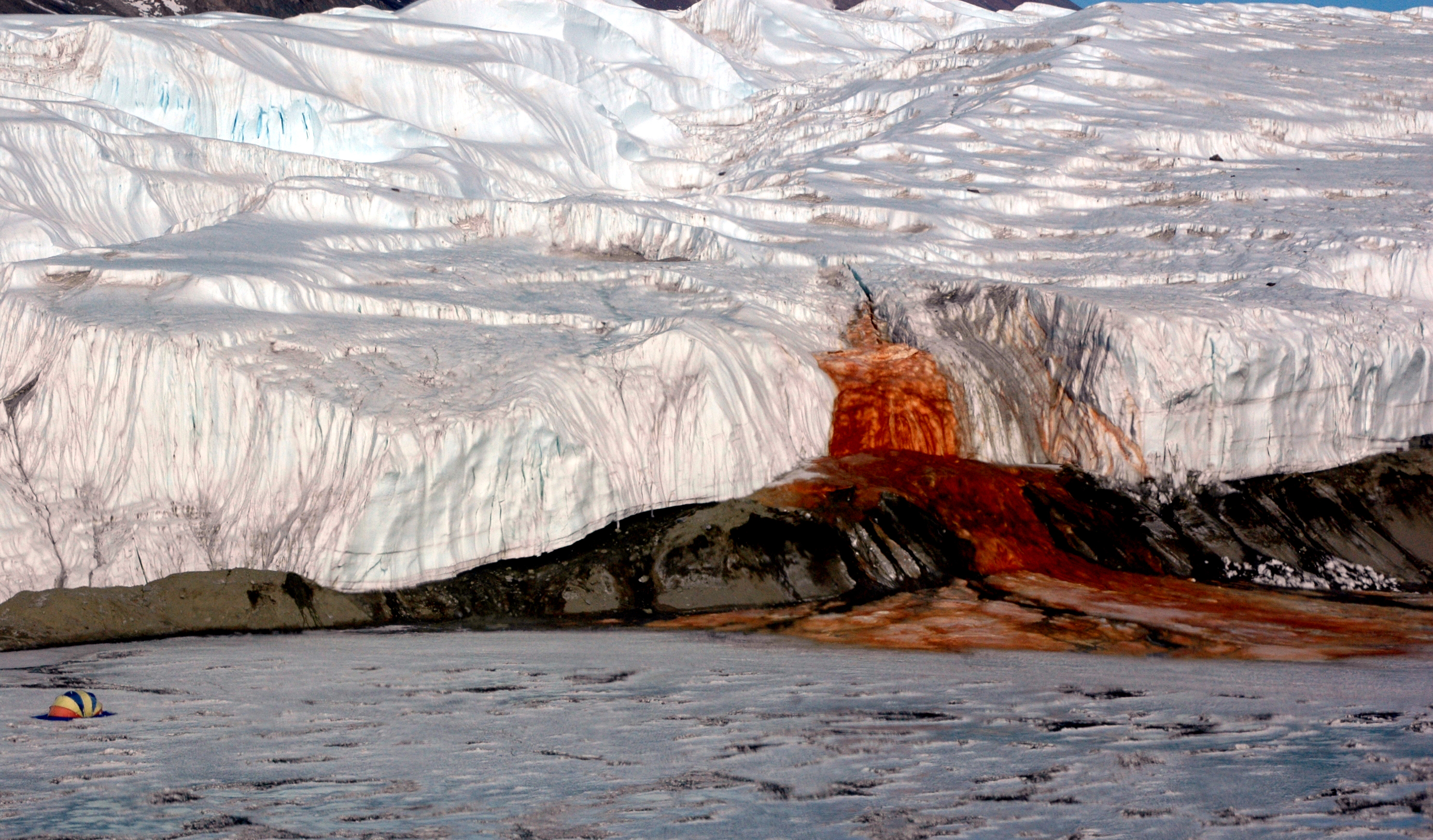14 Otherworldly Landscapes Science Still Can't Fully Explain
2. Blood Falls, Antarctica

In the frozen desolation of Antarctica's Taylor Glacier, a startling crimson waterfall spills onto white ice, appearing like a wound on the landscape. This macabre spectacle, known as Blood Falls, baffled early explorers. Science has since identified the cause: a hypersaline, iron-rich brine seeping from a subglacial lake, oxidizing upon contact with air. The true mystery lies beneath: how does this ancient, extremely salty water body sustain a thriving, chemosynthetic microbial ecosystem that has evolved in complete isolation from the sun's energy for millions of years? The exact mechanisms of their survival in such extreme conditions are still being unraveled.








